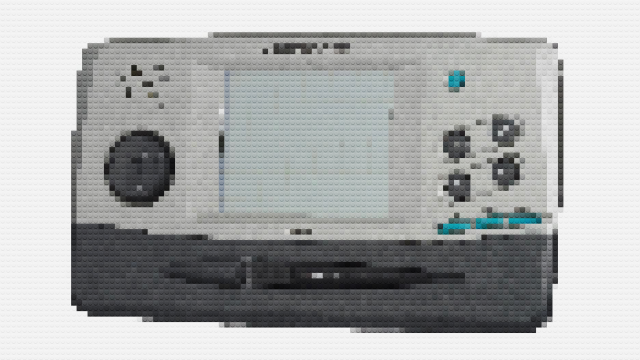Earlier this week, Lego revealed a perfect plastic brick recreation of the iconic Atari 2600, the first successful home video game console, as a follow-up to its buildable Lego NES from a few years back. The NES helped turn video games from an oversaturated novelty into a billion dollar blockbuster business, but these consoles weren’t so iconic.
For every console that goes on to sell millions of units, there are countless others that come and go, for a variety of reasons. Either they don’t offer enough games worth playing, or they try to innovate in weird and different ways that consumers aren’t ready to embrace, or they just play suck. These are the video game consoles that are probably best left mostly forgotten by gamers and Lego.
Watara Supervision
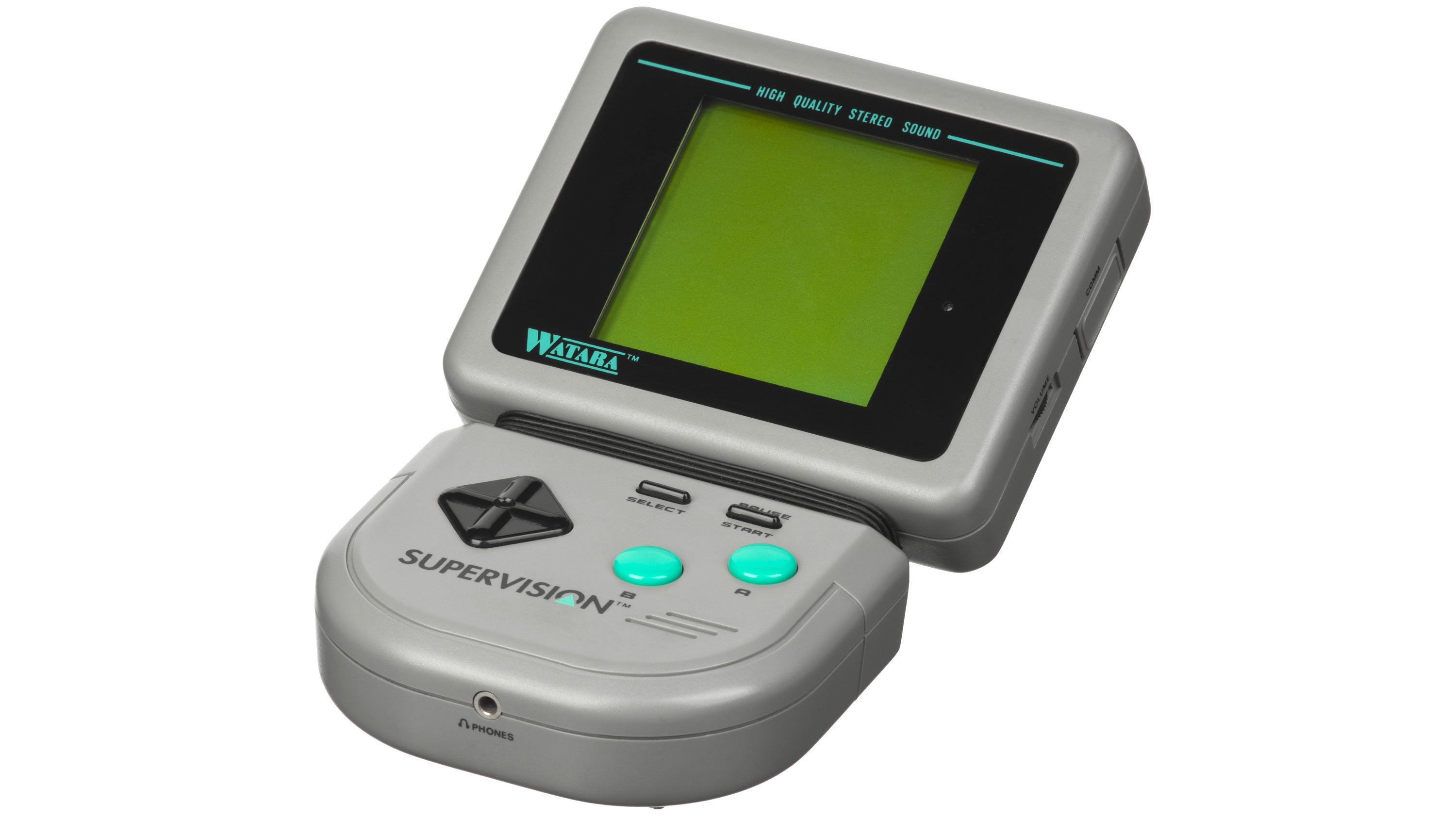
The Game Boy was an instant and massive hit when it debuted in 1989, so it’s no surprise that many competitors popped up to take advantage of the portable gaming mania, including the utterly bizarre Watara Supervision. Despite the name, it used a similarly low-res green monochromatic screen as the Game Boy, although with a hinge that could be bent to optimise viewing angles. The Supervision could also be connected to a TV to supersize its ugly graphics, but horrid looking controls (that D-pad!) and a weak processor meant most games for the system were clones of popular titles from other handhelds. Not surprisingly, the Supervision more or less died and disappeared in a year.
Commodore 64 Games System
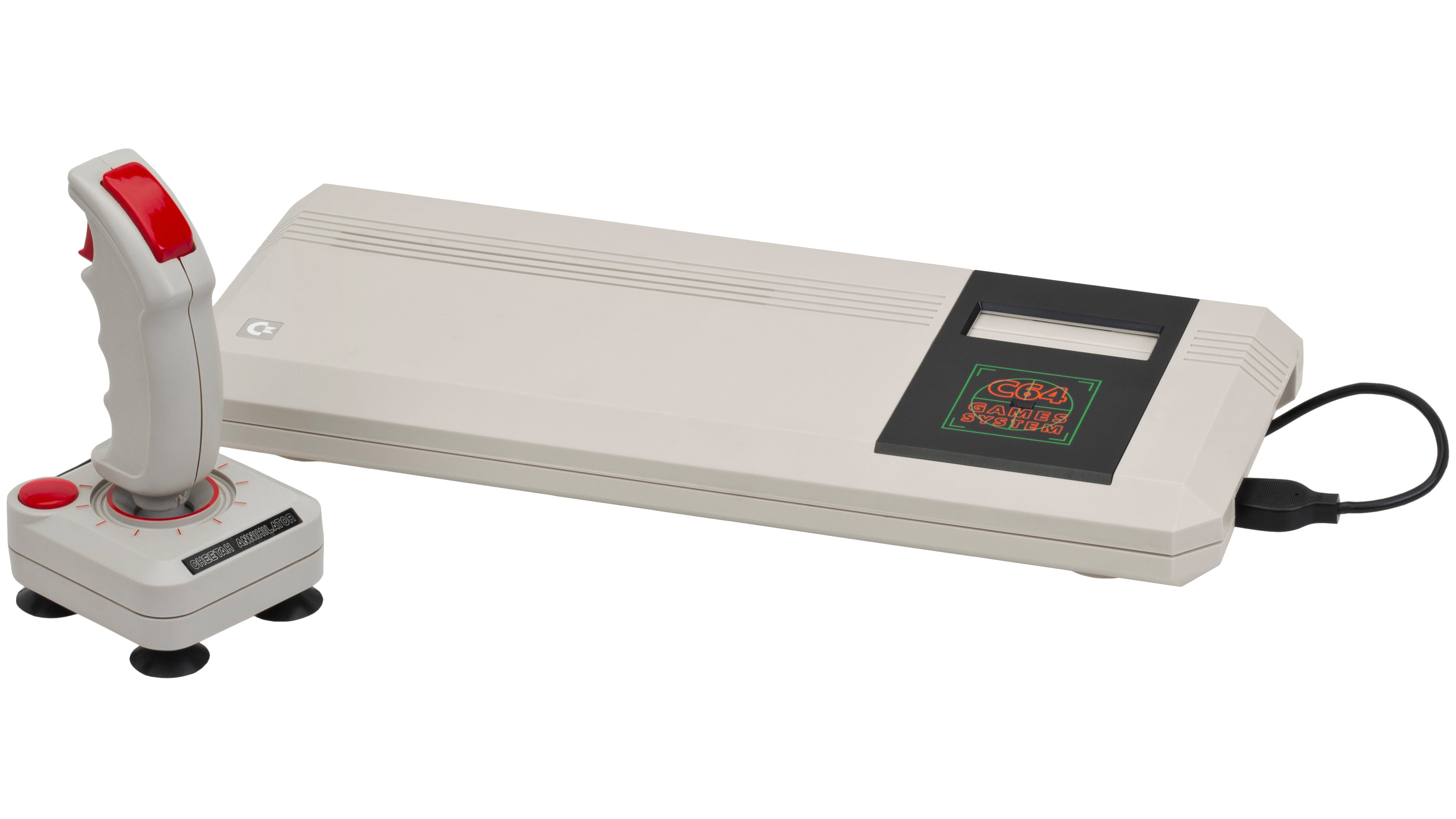
The Commodore 64 was one of the earliest and most popular personal computers, because it could be easily plugged into the living room TV. Like the Atari and the NES, it also featured a cartridge slot for loading software if you didn’t want to invest in a disk drive, but loads of games too. For a lot of kids who grew up in the ‘80, the Commodore 64 was their first console, and the company ran with that idea with the Commodore 64 Games System, released in 1989 to compete with Nintendo.
Streamlining the C64 for gaming seemed like a great idea, and while the Commodore 64 Games System was compatible with the game cartridges released for the original C64, most were dependent on the computer’s built-in keyboard to load or navigate menu options: a feature the Games System lacked. Many games were specifically released for the Games System, but not enough to save it from being a failure that only sold around 20,000 units in Europe.
View-Master Interactive Vision
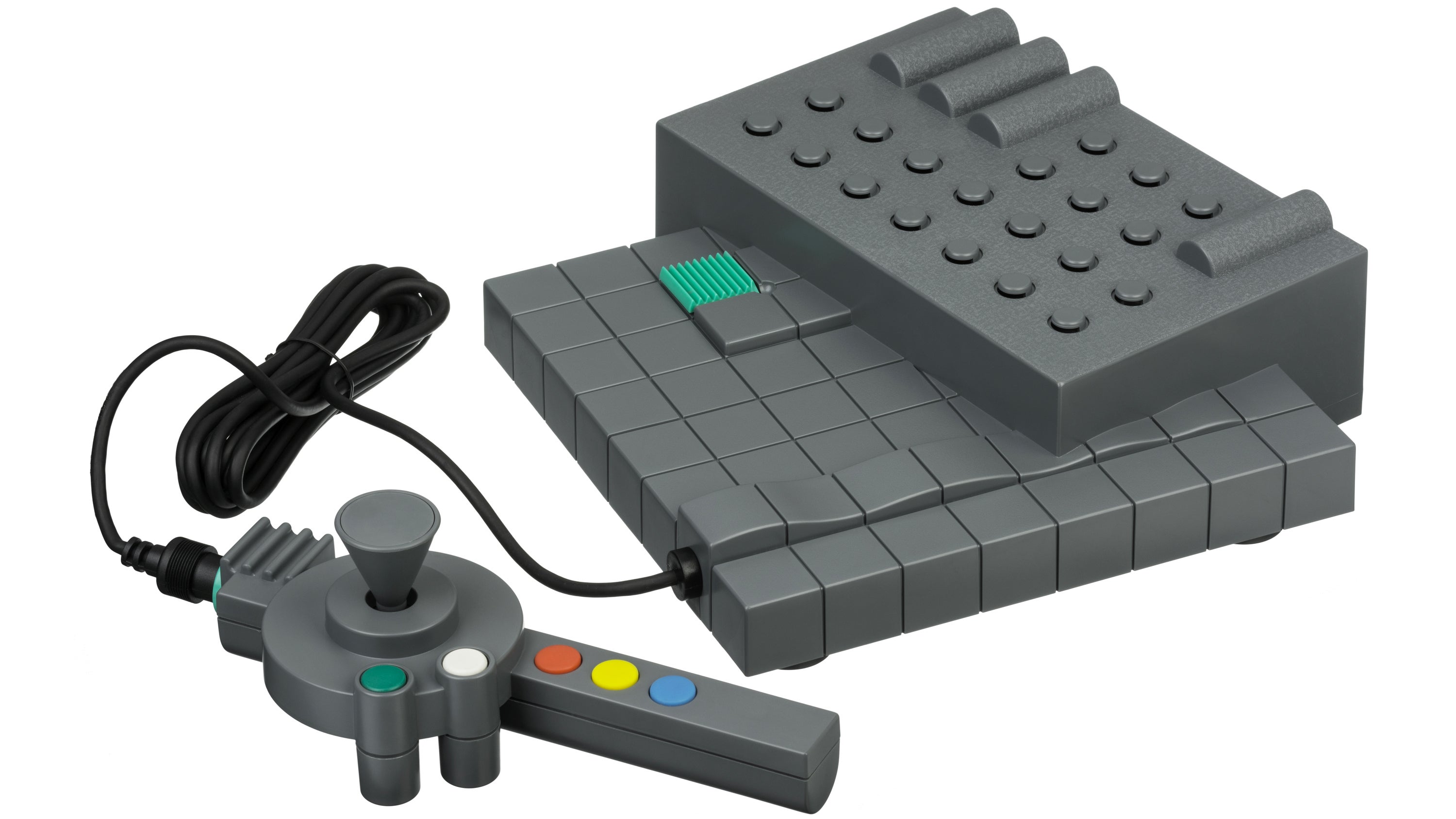
View-Master — yes, the company famous for those 3D slide viewers that were extremely popular in the late ‘70s and early ‘80s — dabbled in gaming in 1988 with the View-Master Interactive Vision: a console that looked like a piece of modern art. What was more bizarre than the included joystick controller was that the Interactive Vision worked alongside a VCR. The VCR would play VHS tapes that provided video and audio, while the console itself overlaid interactive computer graphics atop the video feed. Just seven games were ever released for the system (given the added complexity of the accompanying video material), and while they featured kid favourite characters from Sesame Street, the Muppets, and Disney, it wasn’t enough to save this console from the discount bin.
Tiger Electronics Game.com

Years ago, Tiger Electronics was a name as synonymous with handheld gaming as Apple is to smartphones, with an extensive line of portable gaming systems featuring basic gameplay and simple segmented LCD displays. In 1997, Tiger tried to move past those simpler systems with the Game.com, which had a literal URL for its name (a website the company didn’t own) and basic online functionality when physically connected to a 14.4 kbit/s modem.
Its stylus driven touchscreen was still black and white like the Game Boy, but offered more resolution and functionality, with basic PDA features too. The Game.com also used cartridges like the Game Boy, with popular franchises like Sonic and Duke Nukem 3D available to play, but in the end there were only about 20 games released for the system, and it survived about three years before being discontinued. The games themselves didn’t really live up to their names, so it’s not hard to imagine why this console failed.
Tapwave Zodiac
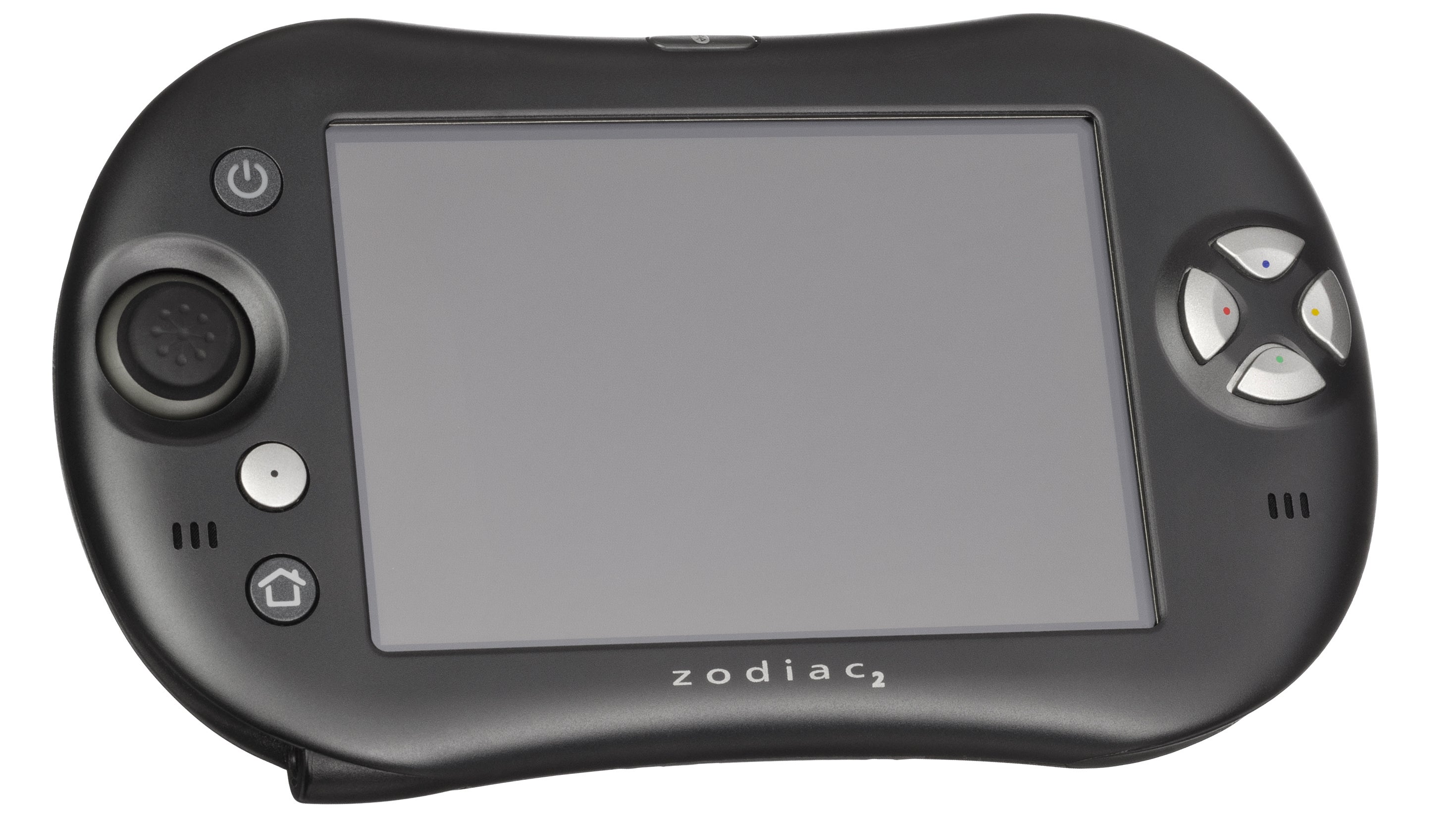
Sometimes, you can do everything right and still end up with a failed product. That was the fate of the Tapwave Zodiac which, when released in 2003, featured a large colour LCD display and ran an upgraded version of Palm OS, so in addition to being able to play games like Madden NFL 2005 and even Tony Hawk’s Pro Skater 4, the Zodiac could run many productivity apps available to Palm-based PDAs. All the ingredients for a successful product were there, but the Zodiac ended up having to face-off against the Sony PlayStation Portable and the Nintendo DS after its launch, and just two years after its debut, the company behind the Zodiac was sold off and the handheld was no more.
Bally Professional Arcade/Astrocade

Releasing a video game system in the late ‘70s, before systems like the Atari really took off, was a gamble. The Bally Professional Arcade, later renamed the Bally Astrocade, unfortunately rolled a snake eyes. Initially selling in 1977 as a mail order machine for $US299 ($415) (over $US1,400 ($1,943) today, ouch) the console was developed by Bally’s (known for pinball and slot machines at the time) video game division, Midway. Mortal Kombat fans might recognise that name, as Midway eventually fared a lot better than the console did.
Although powered by hardware that allowed for impressive graphics capabilities for the time, the system didn’t sell well, and Bally eventually sold off the division responsible for it a few years later. In 1981, the Bally Professional Arcade was rebranded as the Bally Computer System, and then as the Astrocade in 1982, and included a cartridge that could run the programming language BASIC. The catch? The Astrocade featured just a basic calculator-like keypad, not a full keyboard, which made programming a challenge. Along with many other consoles, it didn’t survive the video game crash of ‘83.
Palmtex Portable Video game System

You’ll never complain about the simplistic graphics and monochromatic green screen on the original Nintendo Game Boy again after laying eyes on the Palmtex Portable Video game System, which went through a bunch of different names in its brief existence. Game cartridges were snapped onto the back of the lid of the clamshell folding system, along with a light box that illuminated a pitiful coloured sprite overlay paired with a monochromatic LCD that would cover and uncover parts of the graphics. Its design is hard to wrap your head around, but you can see it in action here, playing one of three games ever released for the portable system. You can come to your own conclusions about why it failed.
Milton Bradley Microvision
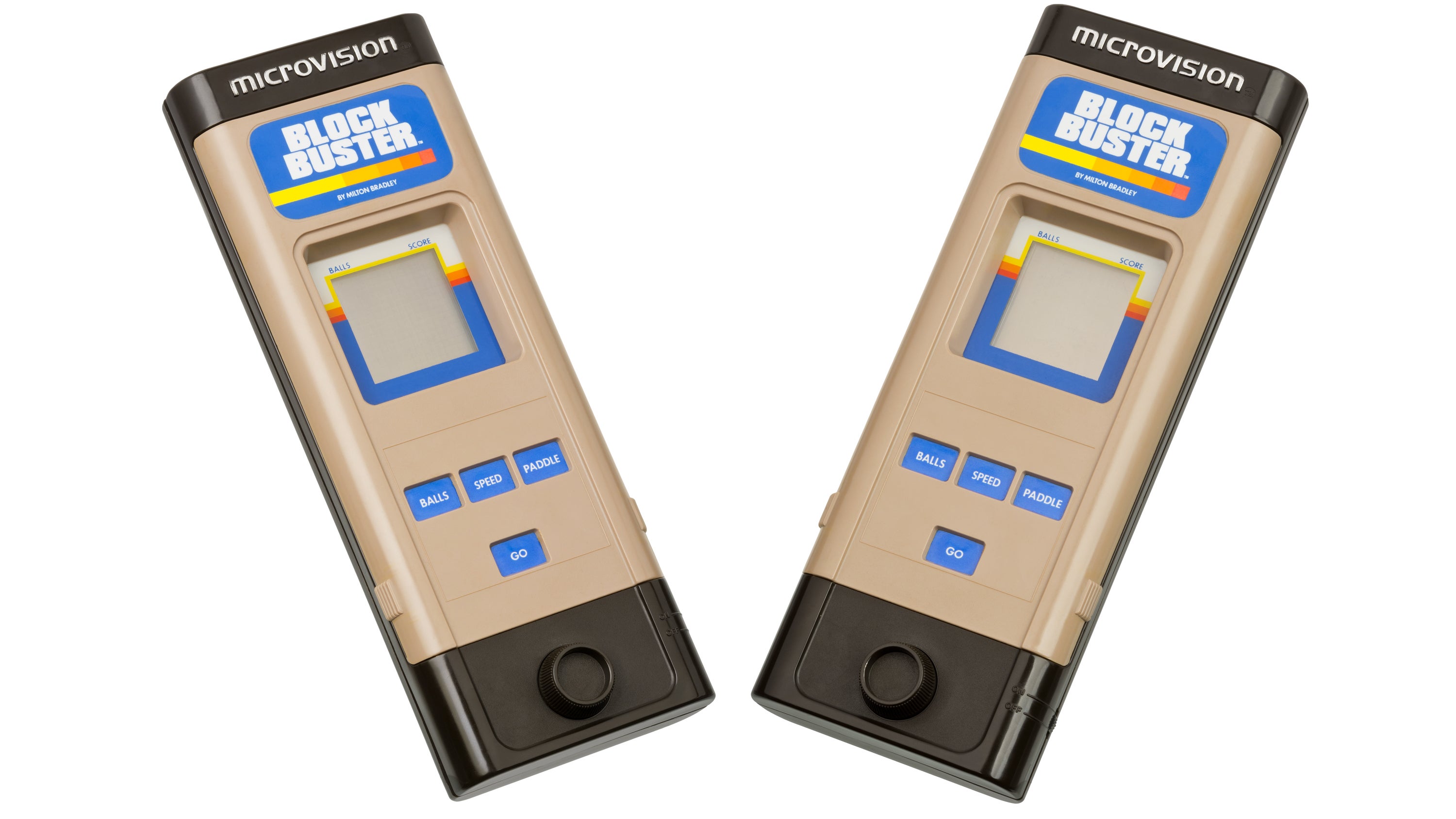
If any failed console deserves to be immortalised in Lego, it’s Milton Bradley’s Microvision, which was the first handheld gaming device to use swappable game cartridges. Released in 1979 for what would be close to $US200 ($278) today, the Microvision featured an incredibly low-res 16×16-pixel LCD display and its only control was a dial on the bottom. Just 12 games were ever released for the Microvision, but its legacy impacted another generation of gamers as Nintendo’s Satoru Okada cites it as inspiration for the Game & Watch and eventually the Game Boy, which would also cleverly work around the hardware constraints of the era they were released in.
VTech Socrates
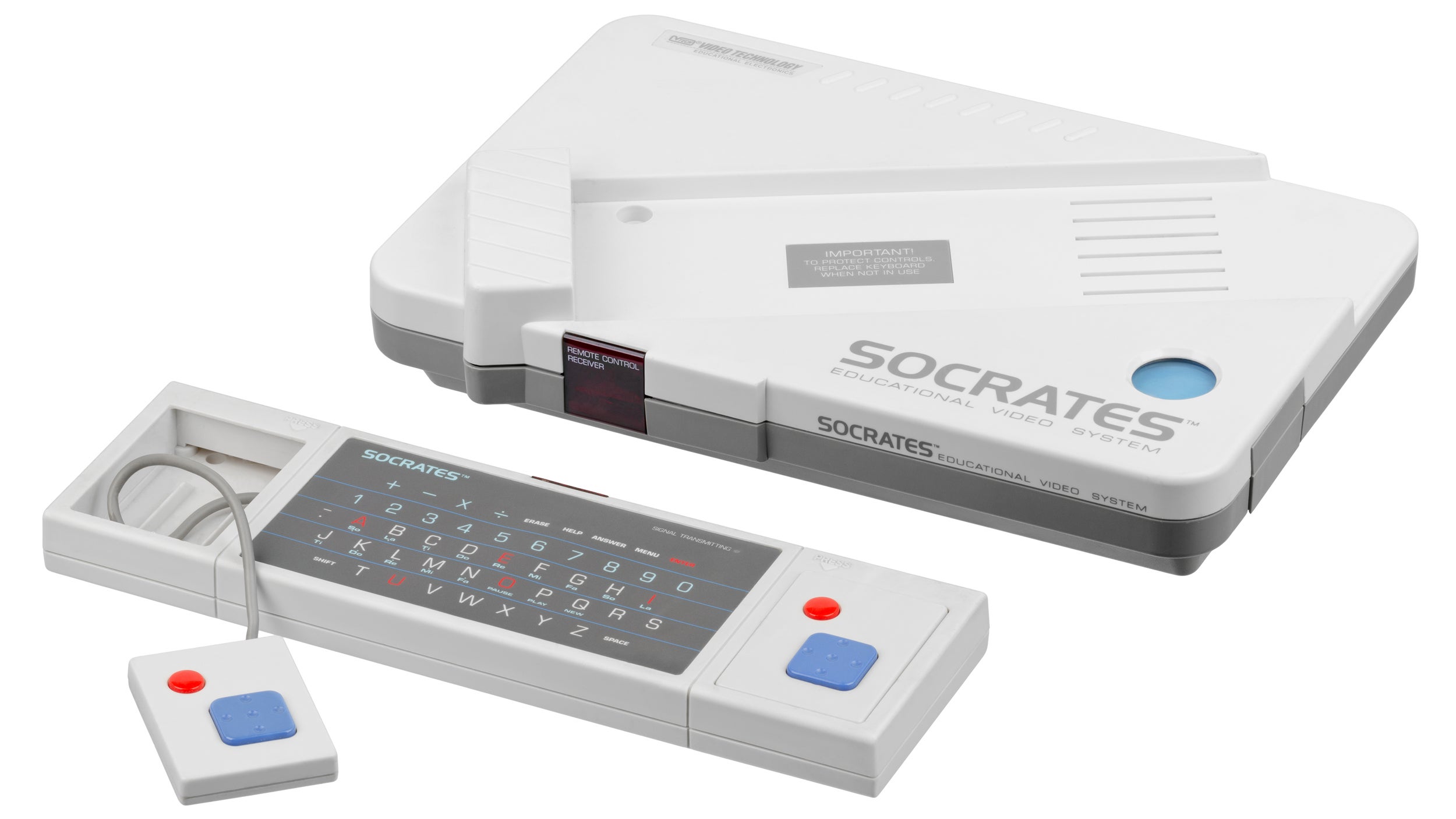
VTech is still a name synonymous with electronic toys, but back in 1998, the company threw its hat into the crowded console ring (again) with the Socrates, an “Educational Video System” named after the philosopher, but starring a fictional robot. It was another 8-bit system like the NES, but with just 12 games ever released for it that promoted learning, it was not long for this world and was discontinued a few years later. But the late ‘80s and early ‘90s were basically the wild west of console design, and the Socrates included a fantastic wireless controller (that docked atop the sytem when not in use) with a full keyboard and a pair of smaller gamepads that popped out for multiplayer action.
Casio Loopy
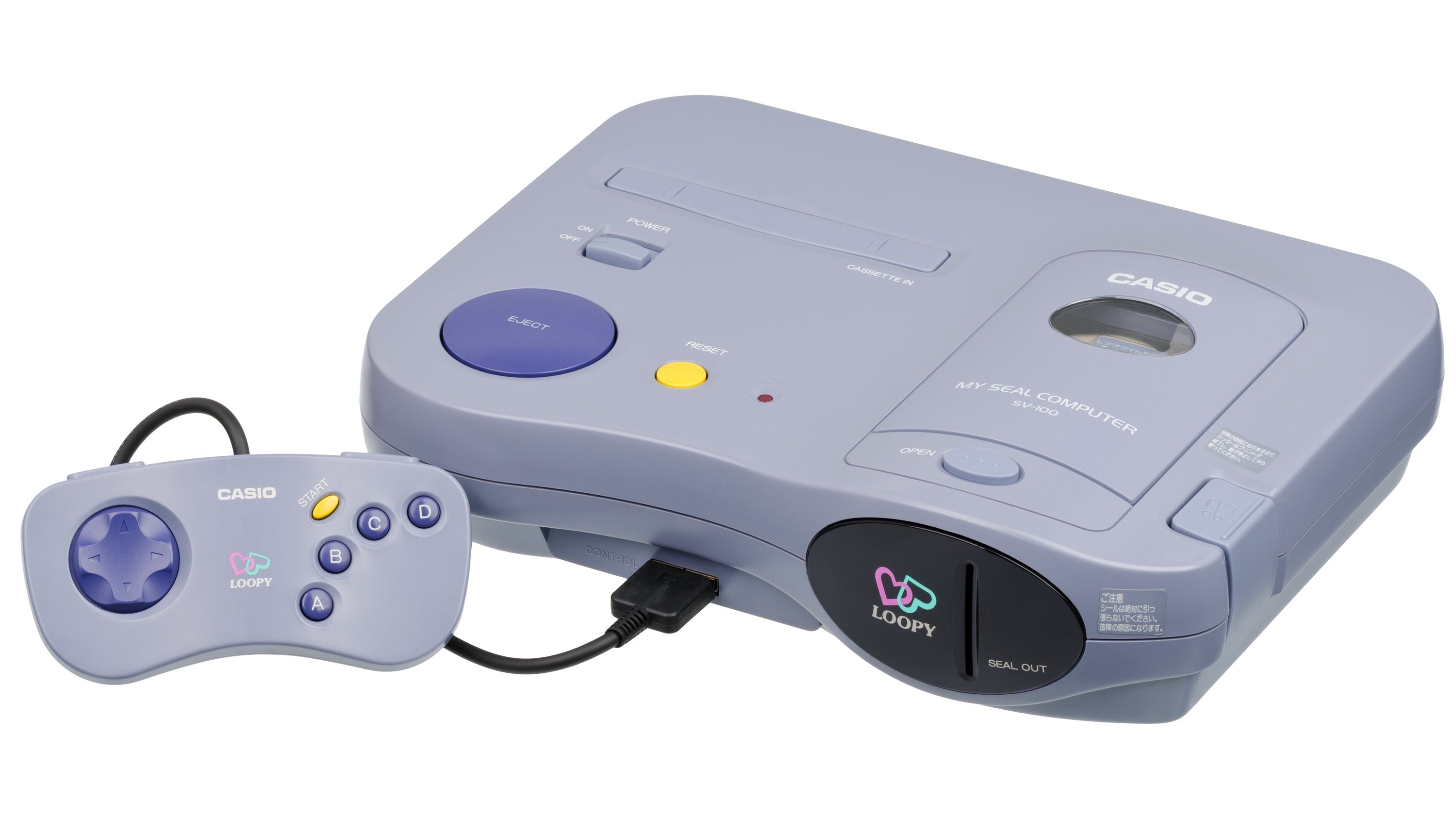
Despite the efforts of ‘serious’ gamers and the industry’s toxic gatekeepers, video games can appeal to anyone, no matter who they are, right back to the earliest consoles. Casio never got that memo, though, and in 1995 released a 32-bit console called the Loopy, with a logo featuring a pair of hearts, that was marketed specifically to female gamers. Just 10 games were ever released for the system, but its real appeal was a built-in colour printer that could be used to make stickers from game screenshots, or an optional video capture device that worked with VCRs and DVD players. Screenshots could be enhanced with graphics and messages, and in addition to the tethered gamepad, an optional mouse was available that made designing stickers much easier. The Loopy survived for just three years, and built-in printers never became a game console feature that really caught on.
